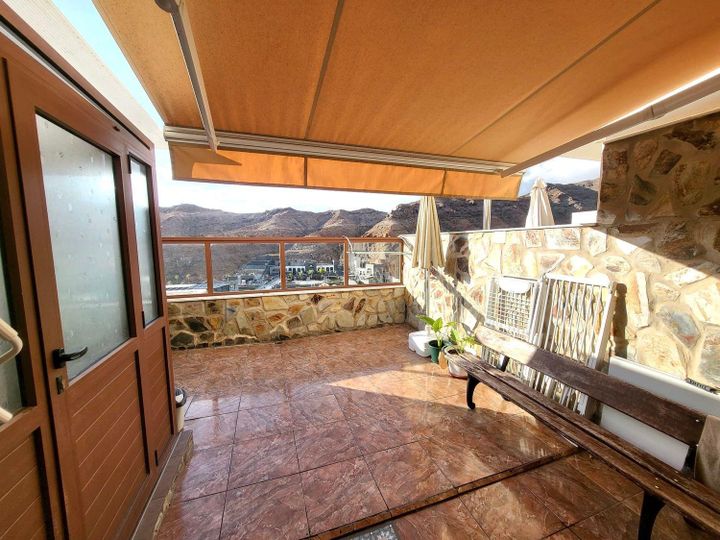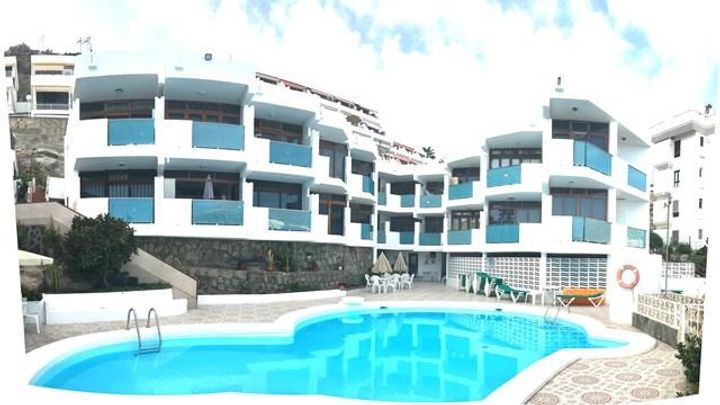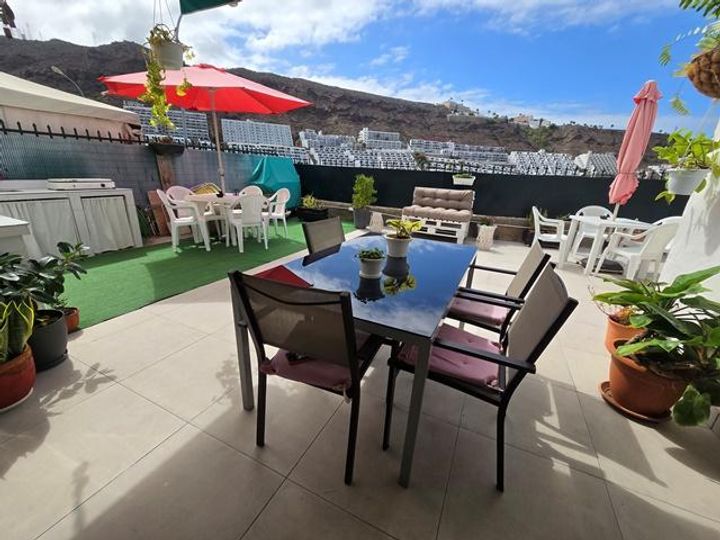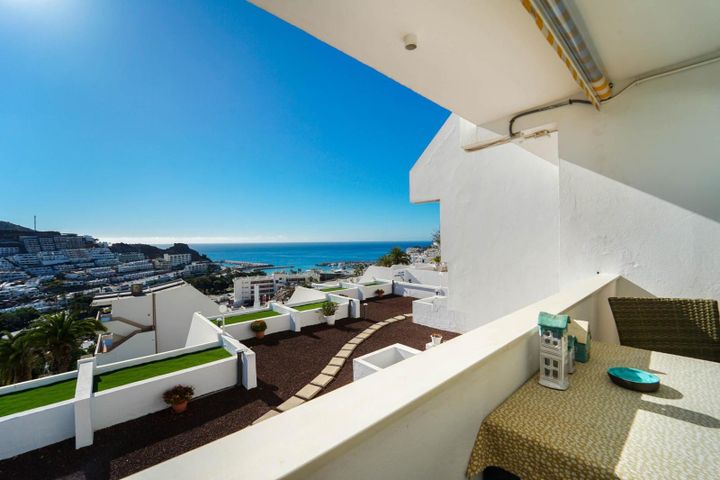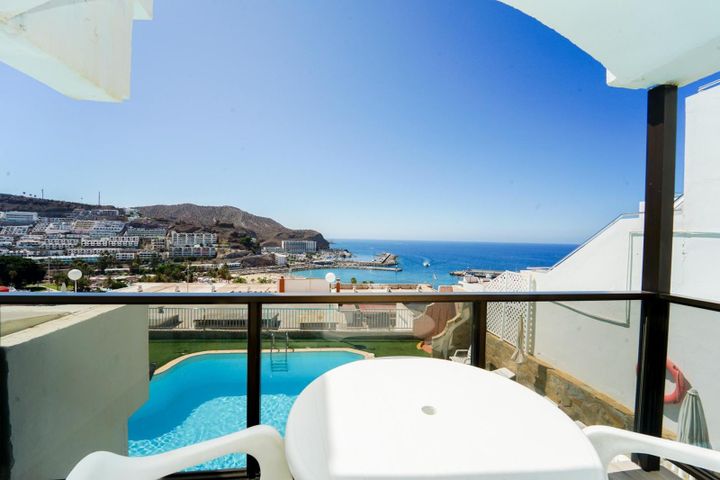Real estate prices in Puerto Rico are influenced by a mix of economic, social, and environmental factors. The local economy plays a significant role; for instance, fluctuations in tourism can directly impact demand for properties in tourist-heavy areas like San Juan and Rincon. Additionally, the island's recovery from natural disasters, such as Hurricane Maria in 2017, affects property values. Areas that have been rebuilt or improved tend to see a rise in prices, while regions still in disrepair may experience stagnation or decline. Furthermore, zoning laws and the availability of developable land heavily influence pricing; for example, coastal properties often command premium prices due to their desirability. Local tax policies, such as Act 20 and Act 22, designed to attract wealthy individuals and investors, can also drive up real estate values in certain neighborhoods. Lastly, the overall supply and demand dynamics, including population trends and migration patterns, are critical in shaping the market, as evidenced by the influx of individuals relocating from the U.S. mainland seeking more affordable living options.
Puerto Rico
Location
Price Range
Any price
Price Range
Minimum
No min
Maximum
No max
Property type
Show all
Property type
Show all
House
Apartment
Building
Other
Bedrooms
Any beds
Bedrooms
Minimum
No min
Maximum
No max
Surface Range
Any surface
Surface Range
Minimum
No min
Maximum
No max
Sale type
For sale
Sale type
Show all
To rent
For sale
Location
Apartments and houses for sale in Puerto Rico
8 results
Recent
Puerto Rico insights
| Aspect | Summary |
|---|---|
| Population | 3,285,874 |
| Average Property Price | €180,000 |
| Rental Yield | 8.5% |
| Average Rent | €1,200/month |
| Occupancy Rate | 85% |
| Capital Growth Rate | 4.0% |
| Property Tax | 1.2% of property value |
| Transaction Costs | 7-10% of property price |
| Expected ROI | 12% annually |
| Economic Growth Impact | Moderate, influenced by tourism and local industries |
Puerto Rico FAQ
What factors influence real estate prices in Puerto Rico?
How has the hurricane affected real estate prices in Puerto Rico?
The impact of hurricanes on real estate prices in Puerto Rico has been profound and multifaceted. Following Hurricane Maria in 2017, many properties sustained severe damage, leading to a significant decline in market values. For example, in areas like San Juan, where homes experienced flooding and wind damage, analyses showed reductions of up to 30% in property prices. Concurrently, some neighborhoods that were less affected began attracting buyers seeking lower prices, creating pockets of investment but also contributing to disparities across the island. The uncertainty surrounding future hurricanes further complicates the market; potential buyers are often hesitant, leading to elongating listing times and stagnated sales. Conversely, in the wake of the storm, there has been a surge in interest from investors looking to purchase and renovate distressed properties, with reports indicating that certain areas have seen a resurgence in interest, albeit at varying price points and with differing degrees of risk associated with insurance and potential future disasters.
Are property prices in Puerto Rico rising or falling?
Property prices in Puerto Rico have experienced fluctuations in recent years, reflecting a mix of local economic conditions and external factors. After Hurricane Maria in 2017, the real estate market saw a slight decline due to the devastation and the subsequent exodus of residents. However, more recently, data indicates that property prices are on an upward trajectory, particularly in urban areas like San Juan and coastal towns popular with tourists. For example, the median home price in San Juan has seen increases, with some neighborhoods reporting year-over-year growth of over 5%. Similarly, areas like Rincon and Vieques have attracted attention from both domestic and foreign buyers, leading to a heightened demand that is pushing prices higher. Furthermore, the impact of tax incentives for investors, such as those offered through Act 20/22, has also contributed to rising property values, as buyers are drawn to the potential for rental income and investment opportunities.
What are the average home prices in Puerto Rico?
As of 2023, average home prices in Puerto Rico vary significantly by location and property type. In urban areas like San Juan, the average price for a single-family home tends to be around $300,000, with some properties in more sought-after neighborhoods exceeding $450,000. Conversely, in rural areas or smaller municipalities, average home prices can drop to between $150,000 and $200,000. For example, homes in towns like Ponce or Mayagüez might be found for less than $200,000, while beachfront properties in places like Dorado can reach upwards of $1 million. The real estate market in Puerto Rico continues to be affected by factors such as economic conditions and tourism demand, leading to fluctuations in price trends.
How do real estate prices in Puerto Rico compare to the mainland U.S.?
Real estate prices in Puerto Rico tend to be lower than those in many metropolitan areas of the mainland U.S., although the extent of the difference varies based on location and property type. For instance, the median home price in San Juan is significantly lower than in cities like New York or San Francisco, often hovering around $200,000 compared to over $1 million in some neighborhoods of those cities. Rural areas in Puerto Rico can see prices drop even further, with some properties available for under $100,000. However, urban areas like Ponce and Bayamón still show a range of pricing that can be competitive with smaller cities in the U.S. Additionally, while mortgage rates may be similar, factors such as property taxes and insurance can influence overall affordability. The impact of the island's economic situation, including recent natural disasters and a declining population, also plays a critical role in shaping the real estate market dynamics and price trends compared to the mainland.
What are the property tax rates in Puerto Rico?
Property tax rates in Puerto Rico are determined by the Puerto Rico Department of Treasury and are categorized primarily into two types: urban and rural properties. The general property tax rate for urban properties is set at 1.03% of the property’s assessed value, while rural properties typically have a lower rate of around 0.80%. The assessed value is calculated based on a property's market value, which is reviewed periodically. For instance, a property assessed at $100,000 in an urban area would incur a tax of approximately $1,030 annually. Additionally, there are exemptions available for certain categories, such as properties owned by seniors or veterans, which can significantly decrease taxable amounts. Local municipalities may also add additional taxes for specific services or improvements, further influencing the total property tax a homeowner may pay.
Is it a good time to buy real estate in Puerto Rico?
The current real estate market in Puerto Rico reflects a complex mix of factors influencing whether it’s a good time to buy. After experiencing a significant decline post-Hurricane Maria in 2017, property values have shown a recovery in recent years, spurred by an influx of individuals relocating to the island, especially from mainland U.S. Areas like San Juan and Dorado are witnessing increased interest, with luxury developments catering to both domestic and international buyers. Additionally, the opportunity zones established by the federal government may provide tax incentives that further attract investors. However, the island still faces economic challenges, including a high debt burden and concerns over infrastructure, which can affect long-term property values. Recent trends indicate a competitive market with rising prices, particularly for single-family homes and vacation rentals, which some buyers are finding appealing due to Puerto Rico's unique lifestyle and climate.



